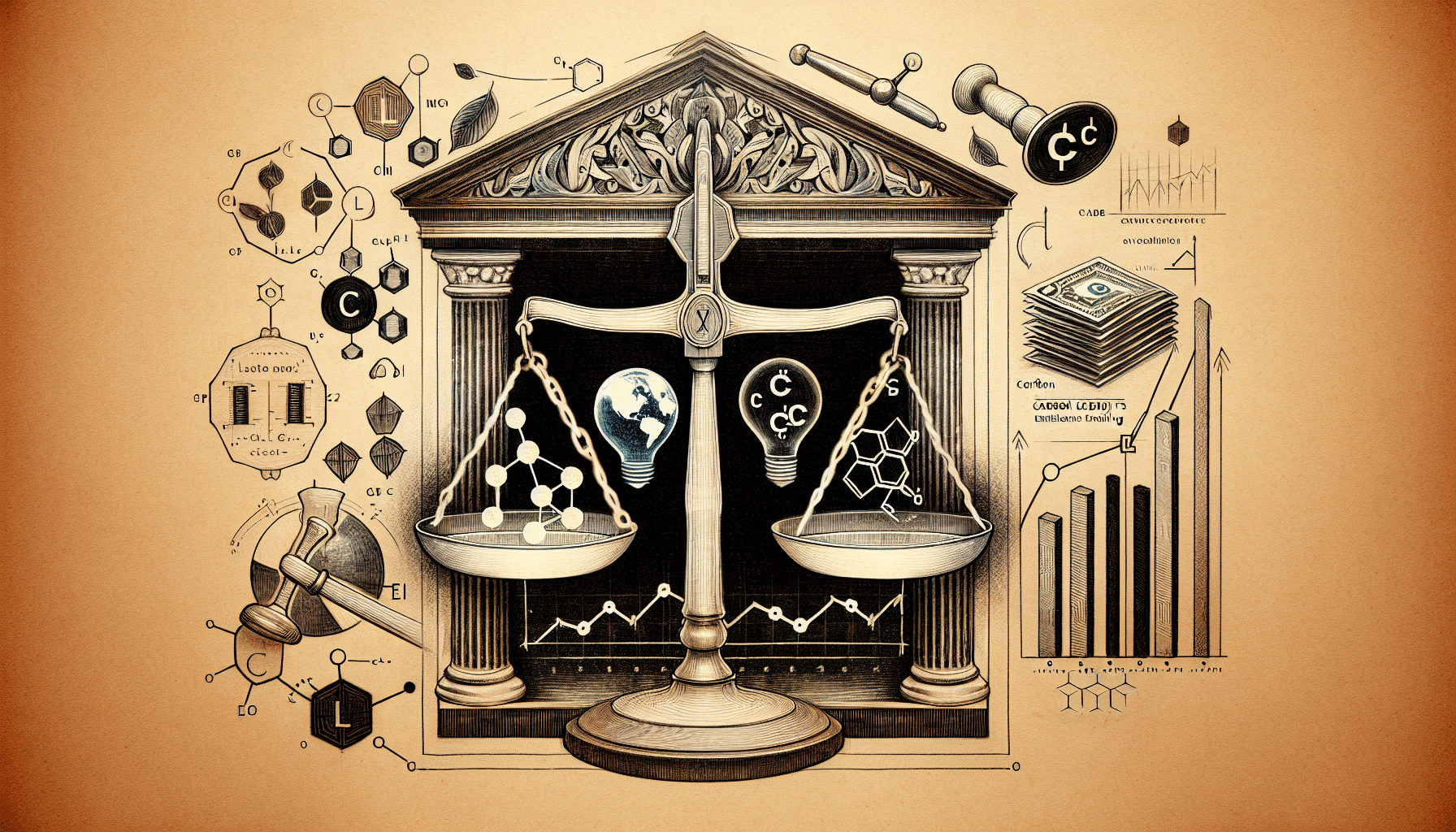Carbon Credit Markets: Legal Frameworks for Emissions Trading
Introduction
The issue of climate change and its impact on our planet has become a pressing concern in recent years. With increasing global temperatures, rising sea levels, and extreme weather events, it is no surprise that action is needed to reduce greenhouse gas emissions. One solution that has been gaining momentum is the use of carbon credits, a market-based approach to reduce emissions. In this article, we will delve into the legal frameworks surrounding carbon credit markets and emissions trading, and how they are shaping the future of sustainable development.
Understanding Carbon Credits
Carbon credits are a type of tradable permit that represents the right to emit one ton of carbon dioxide or an equivalent amount of a different greenhouse gas. The rationale behind carbon credits is that by placing a price on carbon emissions, companies and organizations will have a financial incentive to reduce their carbon footprint. These credits are bought and sold in carbon markets, which can take different forms such as cap and trade systems, carbon taxes, and emission reduction credit programs.
The Role of Legal Frameworks
Legal frameworks play a crucial role in establishing and regulating carbon credit markets. Governments around the world have implemented various policies and regulations to incentivize emissions reductions through the use of carbon credits. The United Nations Framework Convention on Climate Change (UNFCCC) is also a key player in this arena, as it oversees the implementation of the Kyoto Protocol – an international climate agreement that includes carbon credit mechanisms.
Emissions Trading vs. Carbon Taxes
Two common approaches to creating a legal framework for carbon credit markets are emissions trading systems and carbon taxes. Under an emissions trading system, a government sets a cap on the total amount of emissions that can be released within a specific time period. Companies are allocated a certain amount of carbon credits, which they can either use or trade with others based on their emission levels. This creates a market where the value of carbon credits is determined by supply and demand.
On the other hand, carbon taxes involve a direct price on emissions. A government will set a price per ton of carbon emissions, and companies are then responsible for paying the tax based on their level of emissions. This approach is more straightforward and sends a pricing signal to companies to reduce their emissions. Both emissions trading and carbon taxes aim to reduce emissions, but the choice between the two largely depends on a country’s political and economic situation.
Challenges and Opportunities
While carbon credit markets and emissions trading have the potential to drive significant emissions reductions, there are also challenges and opportunities that must be considered. One challenge is the difficulty in accurately measuring and verifying emissions reductions. It is crucial for the credibility and integrity of the carbon credit market that emissions are accurately reported. This requires a robust monitoring, reporting, and verification system.
On the other hand, carbon credit markets also present an opportunity for companies to invest in emission-reducing projects in developing countries. This not only helps reduce emissions globally but also has the potential to promote sustainable development in these countries.
The Future of Carbon Credit Markets
As the world continues to take steps towards reducing greenhouse gas emissions, carbon credit markets are expected to grow in importance. The Paris Agreement, a global climate accord adopted in 2015, includes provisions for carbon markets and emissions trading, signaling a continued commitment to these mechanisms. However, for carbon credit markets to truly achieve their intended purpose, it is crucial for legal frameworks to be well-designed, transparent, and enforceable.
Conclusion
In conclusion, carbon credit markets and emissions trading are playing an increasingly essential role in the fight against climate change. As legal frameworks continue to evolve and adapt to the ever-changing landscape of emissions reduction, it is crucial for governments and stakeholders to work together to create robust and effective mechanisms. With the right legal frameworks in place, carbon credit markets have the potential to drive meaningful and sustainable change towards a greener future.










